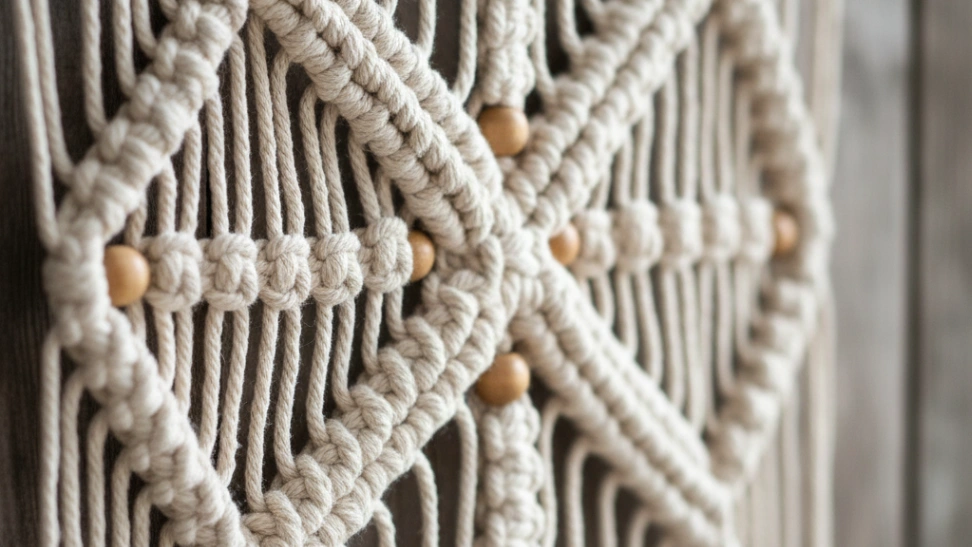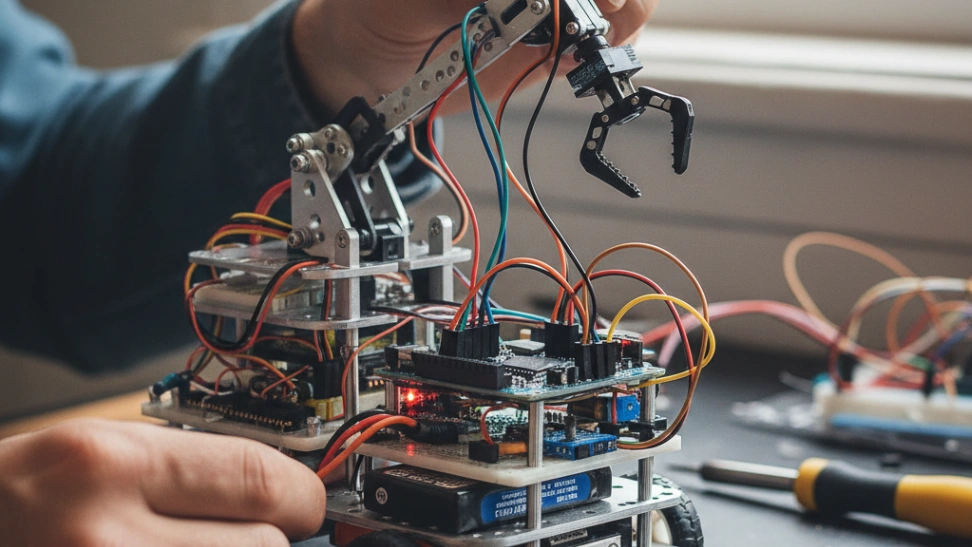Is This Hobby For You?
Ideal for those seeking a meditative, hands-on creative outlet to produce beautiful and functional textile art.
Why You'll Love It
- Relatively low startup cost and readily available materials.
- Deeply satisfying to create intricate patterns with just your hands.
- Produces stunning decorative items for your home or thoughtful gifts.
Good to Know Before You Start
- Can be repetitive, requiring significant patience for larger projects.
- Managing long strands of cord can sometimes be cumbersome.
- Can be physically taxing on hands and wrists during long sessions.
Hobby Traits
How the community rates this hobby.
Getting Started: The Essentials
The basic requirements to begin your journey with Macrame.
Startup Cost
$40
Community-voted average
Ongoing Cost
Very Low
Monthly upkeep estimate
Essential Gear
Macrame Cord
Cotton, jute, or hemp cord in various thicknesses, typically 3-5mm for beginners.
Scissors
Sharp scissors for cutting cord cleanly.
Measuring Tape
For precise cord lengths and project dimensions.
Dowel Rod or Branch
A sturdy support to hang and work on your macrame project.
S-Hooks or Clamp
To hang your dowel rod or project securely while knotting.
Learning Curve
Overall Difficulty: Easy
Associated Skills
Skills you can expect to develop while pursuing this hobby.
A Closer Look at the Traits
Very Calm
A deeply relaxing and meditative activity with minimal physical effort.
Practical/Fun Balance
Offers both tangible, useful outcomes and a great deal of personal enjoyment.
Purely Indoors
Best enjoyed in the comfort of your own home or a dedicated indoor space.
Moderately Mental
Primarily a mental activity, but may have some light physical components.
Purely Creative
A highly creative and expressive outlet for your imagination and artistic side.
Social/Solo Balance
Can be enjoyed alone or with a small group, offering a mix of personal focus and social interaction.
Frequently Asked Questions
Hobby Traits
How the community rates this hobby.



